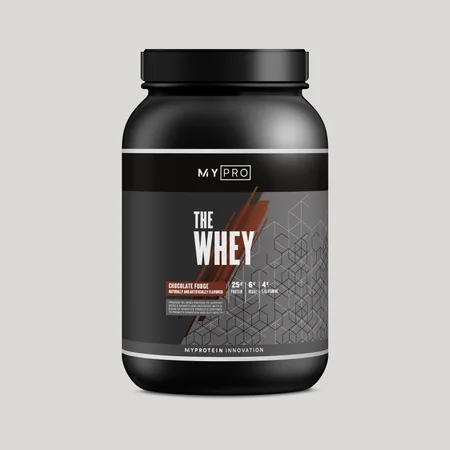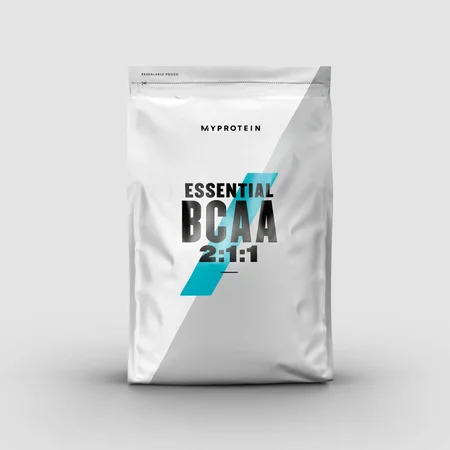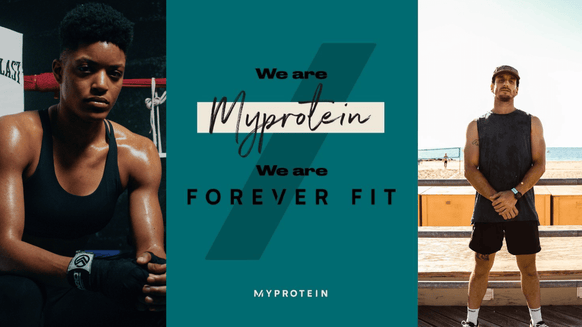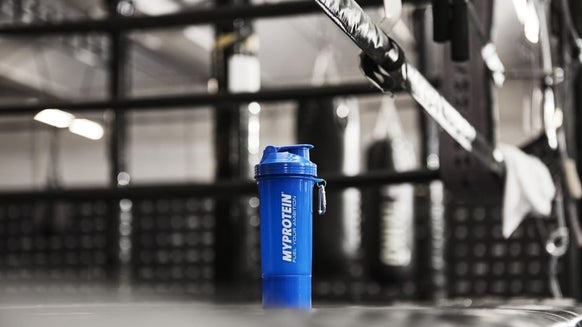
More than likely if you’re reading this, you have bought and used a protein powder before. And when it comes to supplements, protein powder is right up there with the ever popular multivitamins, fish oil capsules and creatine. When it comes to convenience, nothing beats a good protein shake: it's cheap, tasty, high in protein and low in things that aren’t protein. It is especially useful for those of us who are training regularly and need to consume more than our bodyweight in grams of protein a day, as well as little to no carbs. But things are changing behind the scenes.
Protein powder is becoming more expensive, and companies’ profit margins are becoming thinner and thinner. While the bigger companies can get away with even losing money on their protein powder, making up the price gap on other supplements they sell such as creatine, pre-workouts or fat burners, others don’t have this luxury. In the past few years many small supplement companies (and some unnamed larger ones) have been dealing with a whole heck of a lot of paperwork and lawsuits. Why? Because these companies have been taking advantage of unsuspecting customers and selling very poor quality protein powder. This practice, known as amino spiking, protein spiking or nitrogen spiking, has been creating quite a stir in the supplement industry.
So What Exactly Is Amino Spiking? How Do They Do It?
Amino spiking is the act of using low grade amino acids (usually L-Taurine and/or L-Glycine) to bump up the overall protein content of a powder.
We the consumer don’t want this because Taurine and Glycine are very bad at stimulating muscle protein synthesis. Along with L-Arginine and L-Glutamine (among other less popular aminos), these amino acids are known as conditional or nonessential amino acids, meaning our body can produce them. What we want in our protein powder is known as essential amino acids, as our bodies cannot produce them and are essential to our health, wellness and gains in the gym (most importantly of course).
At this point you might be asking, how can companies get away with this? The reason why most companies can do this without being noticed is the lack of regulation in the supplement industry by the Food and Drug Administration (FDA). Almost anybody can make a product and sell it with outrageous claims and under-dosed ingredients on the labels, or even leaving certain ingredients off the label since nobody will stop them. The reason why a nutritional label can read something like 30 grams of protein per scoop, when only half that is quality protein is due to how the products get tested. When testing for the amount of protein in a product the amount of nitrogen is measured. All amino acids contain nitrogen and most tests don’t differentiate between complete proteins with all the essential amino acids or pure nonessential amino acids. What this means for the consumer is they think they are getting a cheap quality product, but in reality half the container might as well be useless additives.
How To Identify Amino Spiking
With small companies and larger more seemingly trustworthy companies guilty of amino spiking it’s important to stay vigilant when buying a new protein powder or even taking a second look at your current protein powder. The first place to look is in the ingredients list, which usually lists a type of “protein blend”, whether it be from whey, casein, beef, egg, etc. Keep looking and try to spot individual low grade amino acids added to the product, and the higher they are on the ingredient list, the more prevalent they are. Most don’t even go this far before buying a product, which is why they more often than not can sell a low grade powder.
If you can’t find any there, look for a list of all the amino acids in the product on a separate box or below the macronutrient profile. First it will list high quality amino acids like Leucine, Isoleucine and Valine with the amount per scoop. Keep looking for Taurine, Glutamine, Arginine and all the other low quality amino acids. If they are listed in a greater amount than the essential amino acids, you know they are cutting corners.
Next, you need to look at what you’re buying in the bigger picture. With the increasing prices of high quality ingredients, companies who continue to have a low prices should be looked at with more scrutiny. The internet is always a wealth of knowledge (if you know how to find it) when it comes to professional reviews of certain products, as well as third party tests.
Myprotein products like Impact Whey Protein and Clear Whey Isolate are Informed Choice and Informed Protein certified.
Informed Choice is a globally recognized program that conducts regular batch testing to test for banned substances and ensure high manufacturing standards.
Informed Protein is a global quality assurance program designed to verify the protein content and quality in our products, as well as the amino acid profile.
Thus, when buying Myprotein products, you can feel assured that our protein is high-quality and never spiked with fillers like amino acids.
Take Home Message
When push comes to shove, the best way to avoid things like amino spiking is to simply eat more whole food. In this recent boom of fitness and supplements popularity, many of us forget the best thing we can feed our body doesn’t come in a plastic container. Yes a protein shake is more convenient than having to cook 12 ounces of chicken and a plate of rice five times a day, but every day of the week the chicken will be more nutritious, filling and overall better when it comes to high quality protein sources. That being said, I still highly recommend a high quality protein powder between meals that contain whole foods, or around your workouts for anybody serious about their training. And using the above information it should be easy for you to spot a great protein powder from a poor one!












